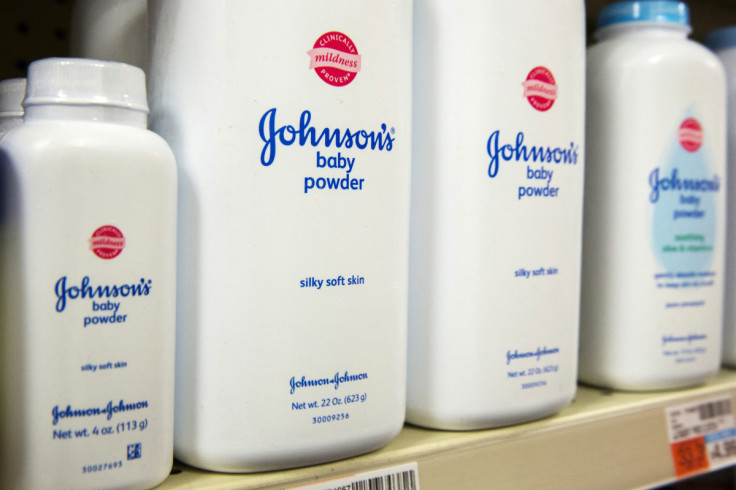64-Year-Old Blames Johnson & Johnson for Her Ovarian Cancer — Joins 3,000 Suing the Pharma Giant

A 64-year-old woman joins over 3,000 claimants in a landmark £1 billion High Court lawsuit in England, accusing Johnson & Johnson and its spun-off arm Kenvue UK of sellingasbestos-contaminated talc in baby and beauty powders from 1965 to 2023, and failing to warn consumers of cancer risks.
This is the first major UK lawsuit of its kind and may reshape global talc litigation. It alleges that talc products sold in the UK were contaminated with carcinogenic fibres, including asbestos, and that J&J failed to warn consumers.
The Claim: What It Alleges
The legal action, filed by KP Law on behalf of thousands, claims J&J and Kenvue knowingly marketed talc products containing carcinogenic fibres (including asbestos), misled consumers, and concealed dangers. Plaintiffs seek damages for ovarian cancer, mesothelioma, and peritoneal disease tied to years of talc use.
Lead counsel Tom Longstaff argues that virtually all commercial talc mines contain asbestos, so the risk should have been anticipated. The lawsuit spans nearly six decades and targets design, manufacture, marketing, and concealment of the risk.
In response, J&J and Kenvue maintain that their talc was safe and asbestos-free. They assert they will vigorously defend the claims. J&J exited talc-based baby powder production in the US in 2020 and globally in 2023
The litigation will be decided by a judge under the Civil procedure, which differs from US jury trials.
The Scientific Picture: Limited but Concerning Evidence
International agencies and medical bodies take a cautious view. The International Agency for Research on Cancer (IARC), part of the World Health Organisation, has classified perineal (genital) use of talc-based body powder as 'possibly carcinogenic to humans' (Group 2B), based on limited epidemiological evidence for ovarian cancer and stronger laboratory evidence.
IARC emphasises the uncertainty in the data but notes that talc contaminated with asbestos is classified as carcinogenic.
Extensive observational studies and meta-analyses have reported a modest association between genital talc use and ovarian cancer risk. A critical review and pooled analyses have estimated an elevated relative risk, a statistical increase that many scientists describe as small, but consistent across some studies.
US Litigation and Recent Verdicts
The UK action echoes a long-running litigation wave in the United States, where tens of thousands of talc claims have been brought.
J&J faced mixed results in American courts, while some juries found for plaintiffs and awarded large sums — most recently a $966 million jury award in California in early October in a mesothelioma case — the company has also contested verdicts on appeal and proposed a multi-billion-dollar settlement framework to resolve many claims. J&J has characterised the science as insufficient and pledged to appeal adverse rulings.
Why This UK Lawsuit Matters
- a) the first major UK group action in this domain.
- b) Unlike the US, this will be decided by a judge rather than a jury.
- c) It has the potential to establish a UK precedent for future product liability in cosmetics.
- d) It could open the door for many more claimants in the UK and Europe.
What Comes Next
The High Court will decide whether there is enough merit for full trials. If allowed, extensive expert witness testimony on toxicology, epidemiology, internal documents, and corporate practices will follow. A ruling could take months or years.
For claimants and observers, this case is a litmus test: can the UK legal system hold global consumer goods firms accountable for decades-old health risks?
© Copyright IBTimes 2025. All rights reserved.




















